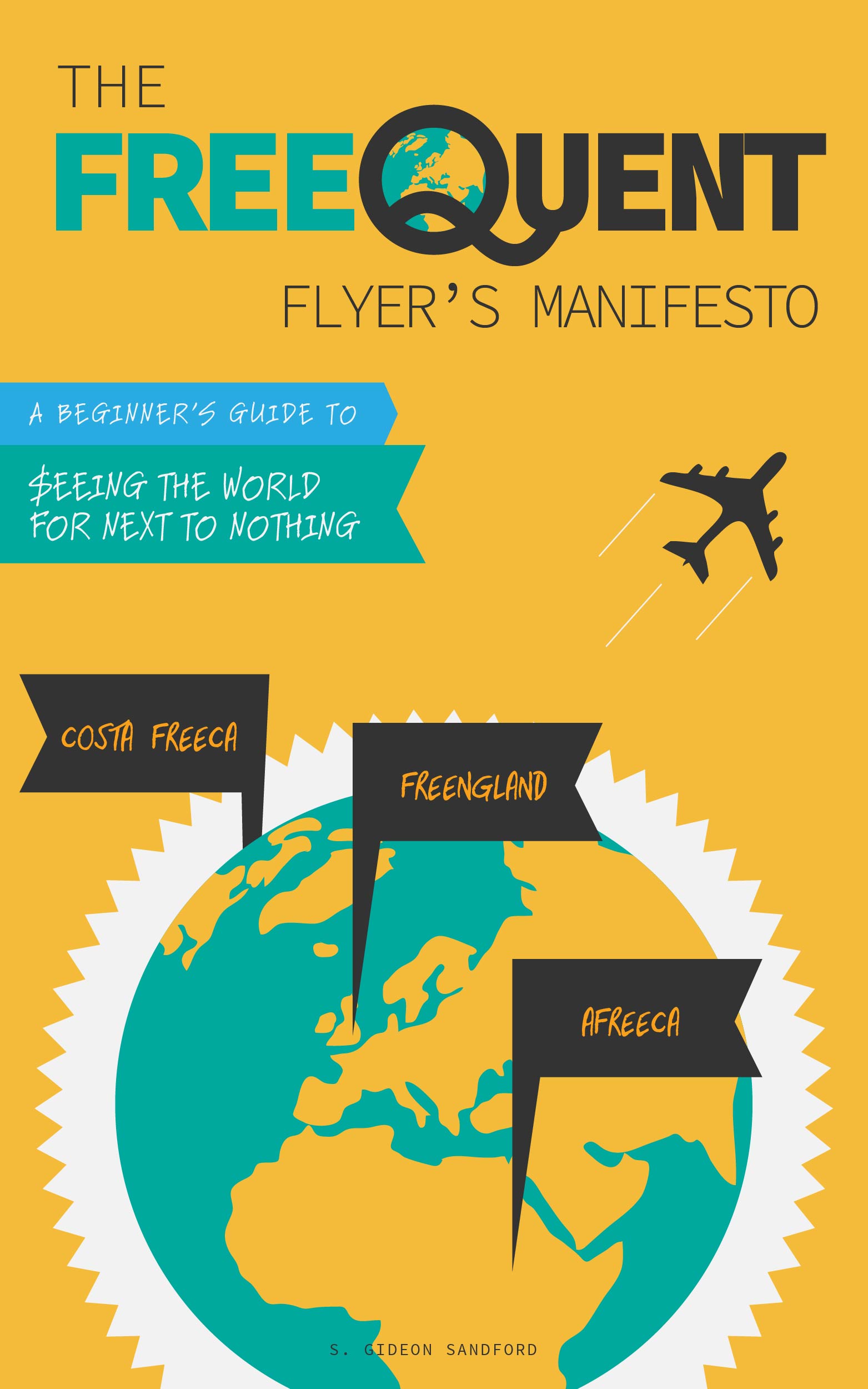Bonused spending, part 2: Grocery stores
/Grocery stores are one of the most lucrative bonus categories for a number of reasons. While drug stores are – in many markets – easier locations to manufacture spend, perhaps as a consequence they've largely disappeared as bonused categories, with the exception of certain smaller card issuers. Meanwhile, gas stations are more lucrative options because of the ability to manufacture valuable Ultimate Rewards points using Chase's Ink line of credit and charge cards, but that opportunity has disappeared in many markets and in others is too inconsistent to rely on for large volumes of spend.
Grocery stores split this difference by being somewhat less convenient than drug stores but much more consistent across markets and quite frequently offered as bonus categories. Today I'll take a look at some of the most lucrative cards you can use to manufacture spend at grocery stores.
First, here's a quick overview of the relevant cards:
Check yesterday's post on gas stations for information on the Citi ThankYou Preferred, Wells Fargo Cash Back Card, Citizens Bank CashBack Platinum MasterCard, US Bank Flerkperks Travel Rewards, and Huntington Voice.
Unlike yesterday's post, today I'm able to include American Express cards since grocery stores are more consistently categorized than gas stations. Basically, if it looks like a grocery store, it's probably a grocery store. Additionally, some Neighborhood Walmart locations are coded as grocery stores, although that will vary by location. Larger Walmart locations are frequently coded as "discount stores" and don't earn bonus points.
American Express Premier Rewards Gold
With a $175 annual fee, this card is only worth keeping after the first, fee-free, year if you plan to use it very aggressively. However, it's possible to get a tremendous amount of value out of the card during that first year:
- First, you can sign up for the card with a 25,000 or 50,000 Membership Rewards point signup bonus. It's currently 25,000 points after spending $2,000 within 3 months, but periodically goes up to 50,000 points, and occasionally even higher;
- Next, the card offers an additional 15,000 Membership Rewards points each calendar year in which you spend $30,000 on the card;
- Finally of course you'll earn 2 Membership Rewards points per dollar spent at grocery stores.
As a stylized example, assume that you apply under a 25,000 point signup offer in July of one year, and are able to spend $30,000 at grocery stores by December 31 of that year. You'll earn 25,000 Membership rewards points for signing up, 60,000 points for your purchases, and an additional 15,000 points for reaching the $30,000 spend threshold. If you can do the same in the first 6 months of the following year, you'll earn another 75,000 Membership Rewards points, which you can then transfer out or spend before closing your account, without paying a single annual fee. The 175,000 Membership Rewards points you'll earn in this way are worth $1,750 in paid travel, or potentially several times that if transferred to one of their airline or hotel partners.
For more information on the Membership Rewards program, see Chapter 3 of my ebook, the Free-quent Flyer's Manifesto.
American Express Hilton HHonors no-annual-fee & Surpass
Since the changes earlier this year to these cards' bonus categories, removing drug stores and cell phone expenses, and reducing the bonused earning rate from 6 HHonors points to 5 points on the no-annual-fee card, manufacturing spend on these cards has become a much more questionable value proposition. Most Hilton properties are indexed so that your HHonors points are worth between 0.3 and 0.5 cents each, although there are exceptions on both the high and low end. If you have a specific high-value redemption planned, then it may be worth manufacturing spend at 5 HHonors points per dollar.
In order to justify paying a $75 annual fee for the HHonors Surpass card, on the other hand, you would have to value the additional point you earn per dollar spent at grocery stores at more than $75. If you value HHonors points at 0.3 cents each, you would need to spend $25,000 before you started to show a net profit. If you value them at 0.5 cents each, you'd need to spend $15,000.
As for myself, I have too many other valuable opportunities to waste time pushing money through a Hilton card at this point.
American Express Blue Cash Everyday & Preferred
Here the $75-annual-fee Blue Cash Preferred card seems to have a huge advantage over the no-annual-fee Everyday card, since its earning rate at grocery stores is literally twice as high. Unfortunately, due to the $6,000 annual cap on bonused spending, the difference is much smaller than it seems: after deducting the annual fee, the Blue Cash Preferred card has a maximum value of $285, while the Blue Cash Everyday card can generate up to $180.
If you're buying PIN-enabled gift cards at a cost of $5.95 each (typical for grocery stores in my area), then you'll pay $71.40 for $6,000 in manufactured spend, leaving your net profit at a little over $100 or $200, respectively, for these two cards. I've never been one to sneeze at free money, but I don't yet find either of these cards to have a compelling value proposition for my own miles and points strategy.




